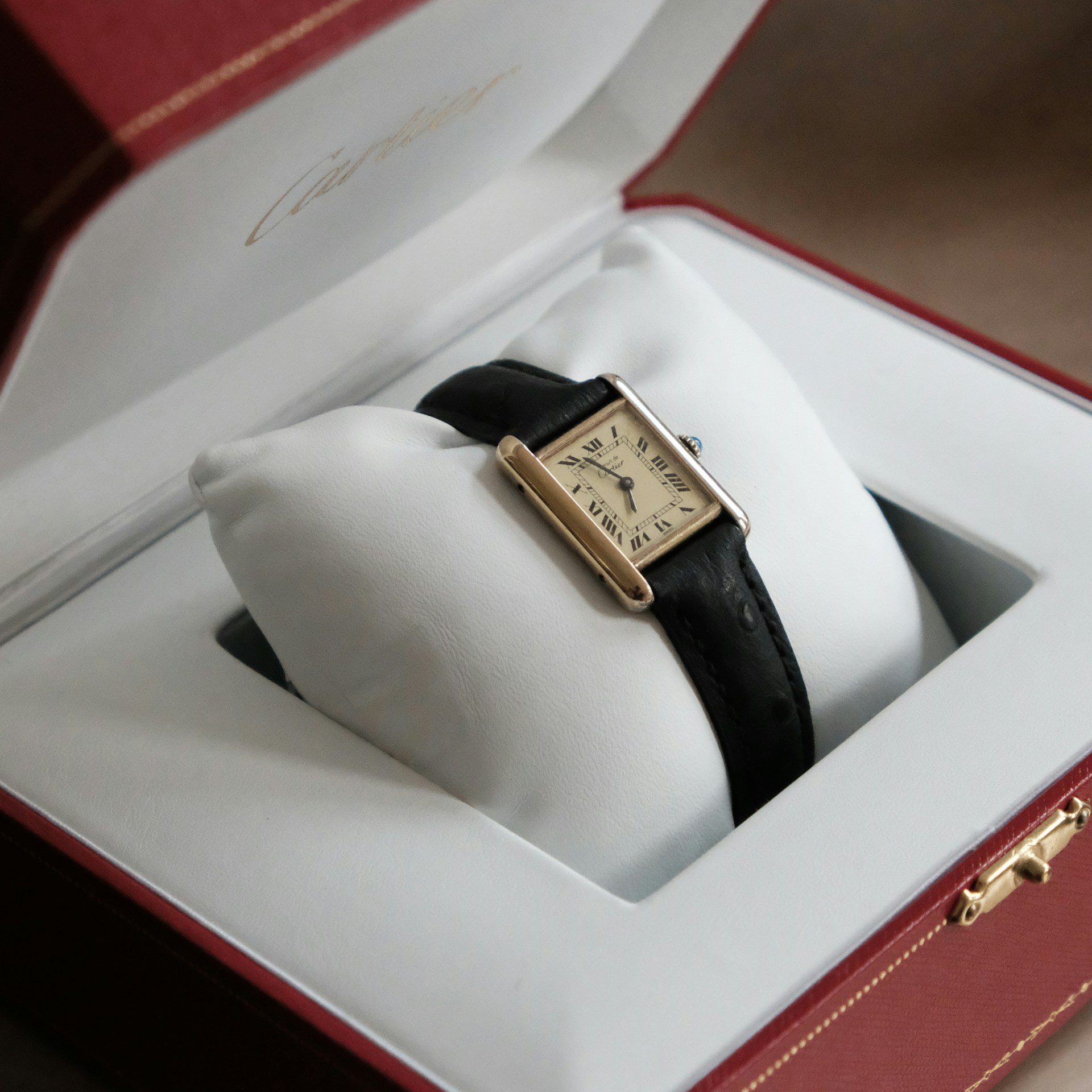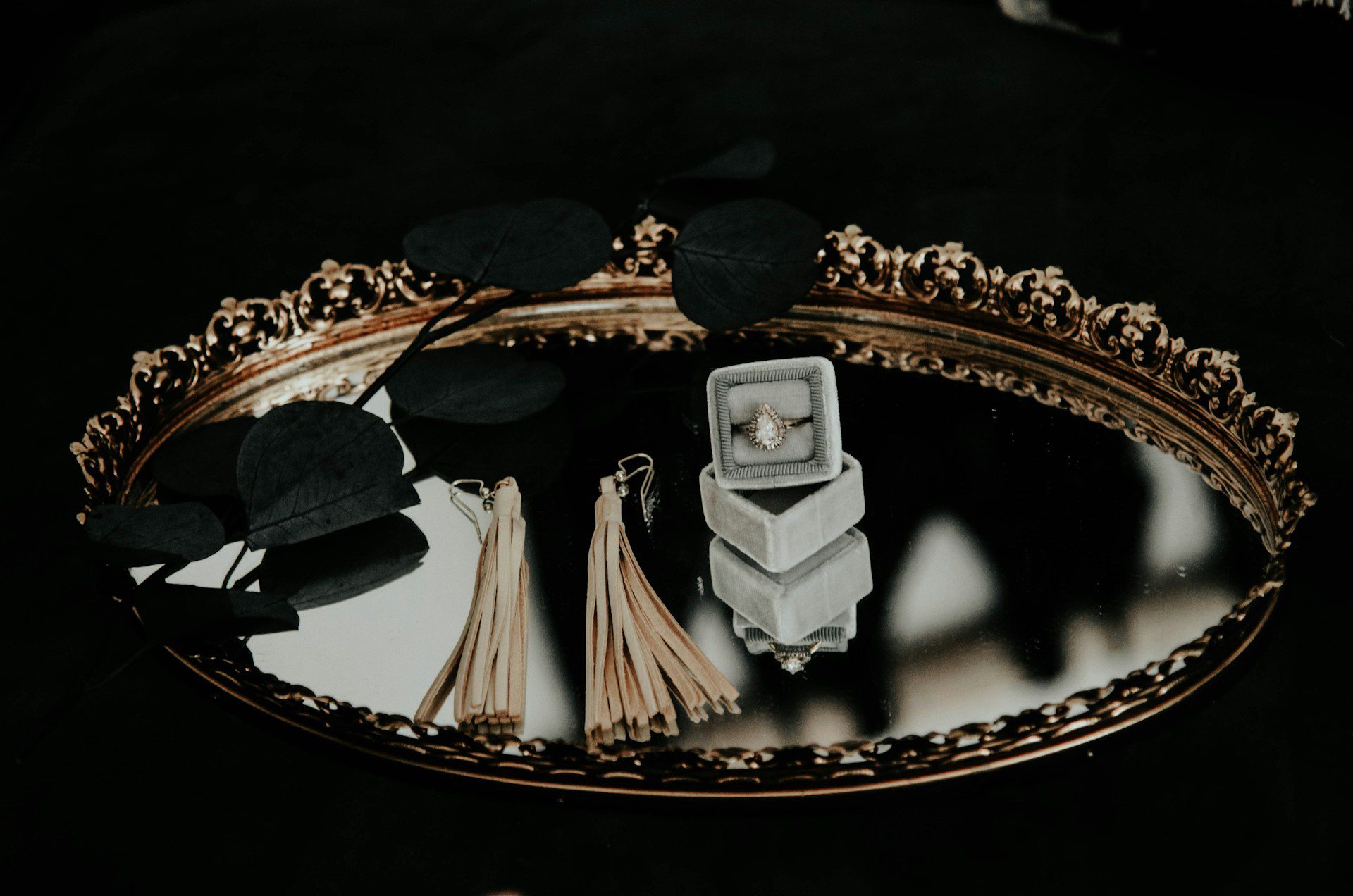This guide is based around the idea of learning how to buy natural diamonds and aims to transform each reader into an educated buyer.
It does not focus on lab-made or artificial diamonds, as the diamond industry is hoping we’ll call them. “Is our love artificial, too, baby?” Lab-Grown or Man-Made diamonds and gemstones will never have the storage of value that natural diamonds or gemstones offer, and will never retain any resale value.
General Tips
Most local independent jewelers are going to have better, personal service, but may come with a markup. If you shop local family-owned (non-chain) jewelers you should find many will meet or beat internet retailers with quality that you can objectively compare in person. Build a relationship with a local professional that you can trust for all of your jewelry needs for many years to come.
Don’t go for the highest color and/or clarity rated stones. Choose a balance of medium clarity “eye clean” clarity and color “white” color meets your comfortable budget. This is the focus of our guide.
You should never go into any debt for a ring – or any debt at all. That just doesn’t make much sense, given that money problems are the main stress factor for relationships. Always set a reasonable budget and stick with it.
Diamond Quality Factors The 4 C’s
Since not all diamonds are created equal, the 4 C’s of Diamond Quality is the universal method for assessing the quality and value of any diamond. GIA created the 4 C’s to give diamond consumers four important factors to describe and classify the diamond’s value and rarity: Clarity, Color, Cut, and Carat Weight.
First “C” is for Color Subtle differences in color can dramatically affect diamond value. The classic “white” diamond color scale is from D (whitest, purest lack of color) through Z (noticeable light yellow or brown). Beyond the D to Z scale are diamonds can become so intense that they are graded with the titled Fancy-Color Diamonds. Intense Yellows, Browns, Oranges, Pinks, Blues, even Reds, and Purples. Diamond occur in all colors and shades naturally.
The slightest hint of color can make a dramatic difference in value. The average person when comparing two diamonds side by side for color can see a visual difference between an F (Colorless) and a J (Near Colorless). Color is one of the C’s that if you want more bang for your buck, one should spend more money you get a higher color grade.
GIA Diamond Color Grades Chart:
- DEF (Colorless)
- GHIJ (Near Colorless)
- KLM (Slight yellowish or brown)
- NOPQR (Very light yellow or brown)
- STUVWXYZ (Light Yellow or Brown)
The second “C” is for Clarity Clarity can also affect a diamond’s appearance and value. Diamond clarity refers to the absence of inclusions and/or blemishes are characteristics that determine the clarity grade, the GIA system considers the size, nature, position, color or relief, and ease or difficulty in locating the clarity characteristics using 10× (power) magnification.
There should be no difference between an IF (Internally Flawless) diamond and a TRUE Si1 (Slightly Included) graded diamond to the unaided eye. The average person does not carry a jeweler’s loupe around in everyday situations, so see the difference or gain benefit from paying for a Vs1 or higher diamond. It is best to buy a diamond with a medium clarity grade (Vs2-Si1).
There can also be many SI2 graded diamonds with inclusions that can hide themselves do to nature and/or location These can be great value. It is best to compare and consider in person and settle on one that is eye clean to you. (Note: You cannot do this with an internet purchase)
Buying an average balance of color and clarity with leave you to focus your budget on carat weight (size) and cut quality.
GIA Diamond Clarity Grade Chart:
- Flawless – FL – No blemishes, at 10x magnification by an expert, inside or on the surface (Internal or external)
- Internally Flawless – IF – * just minor surface marks (blemishes) to a GIA trained gemologist using 10x magnification.
- Very Very Slightly Included – VVS1 & VVS2. (VVS) diamonds have inclusions that are difficult for a skilled grader to see under 10x magnification, usually through the pavilion (back) of the diamond.
- Very Slightly Included – VS1, VS2. VS has visible inclusions that a recently-trained grader can see under 10x magnification, usually through the table (top) of the diamond.
- Slightly Included – SI1, SI2. Noticeable inclusions under 10x by a trained grader
- Included – i1, i2, i3. Noticeable inclusions that maybe be seen the naked eye
Third “C” is for Carat Weight Many goods are bought and sold by weight, Diamonds are weight or measured on a unit called “carat” often abbreviated as “ct.”. The metric carat is divided into 100 points. Diamond weights are expressed as a decimal.
There is greater demand for diamonds just over rounded carat sizes. Most consumers want a minimum 1 carat (since it’s a big deal to say you have a carat stone) diamond, because of this demand and rarity there are price increases at each “magic or psychological size You can often find value on diamonds just under than these “magic” sizes. Example: Buying a 0.95ct instead of a 1.00ct, You won’t see a visual difference. Note; many malls and internet retailers often sell preset rings with 0.95ct diamonds as 1.00ct. Read the fine print if a preset ring is being considered.
Forth “C” is for Cut The fourth “C” can mean two things, the shape or style of cut and how well the stone is finished and proportioned. The style or shape is an individual’s personal preference (shapes outlined below). The finish and proportion will give you the shine, sparkle and the all-important MAGIC that a diamond can give. With specific measurements and finish specifications: Table percentage, Crown angle, and Total Depth percentage, cut and finish grade you will guarantee a maximum light return. GIA (Gemological Institute of America) did a twenty (20yr) year study on light return in round brilliant diamonds, they offer an overall cut grade on their reports.
Some Basic for Cut as guidelines:
Round Brilliant Cut: Table width 57% and 64% and a depth between 58% and 62%. rule of thumb- 60/60 with Very Good or Better Cut and Finish grades.
All other Fancy Cuts are a little more generous, usually between 65% and 75% with Very Good or Better Cut and Finish grades. But one should compare and consider subjectively in person to decide what shape and brilliance work best for their individual personalities.
Diamond-Cut Descriptions: This guide focuses on the most popular cuts, there are hundreds of variations of shapes and styles.
- Round Brilliant Cut – Maximizes brilliance, fire, and life. The shape is the most versatile for jewelry designs. Brides who choose round diamonds consider themselves to be classic, timeless and traditional. Always most popular, in greatest demand and most expensive.
- Princess Brilliant Cut – Square or rectangular shape with 90-degree corners. Shape complements Modern designs. Brides who tend to choose princess diamonds consider themselves to be contemporary or modern.
- Marquise Brilliant Cut – long and narrow, shaped like a canoe or football. Larger look for the weight or size. Brides who choose marquise diamonds are outgoing and elegant.
- Cushion Brilliant Cut. Square or rectangular shape with rounded corners, like a pillow. Brides who choose cushion diamonds have personalities that are elegance, romance, and clarity fashionable and romantic.
- Emerald (Step) Cut. Rectangular shape with step-like facets and beveled corners. Brides who choose emerald diamonds have personalities that are elegant and confident.
- Asscher (Step) cut: Square shape with step-like facets and beveled corners. Brides who choose emerald diamonds have personalities that are elegant and unique.
- Radiant Brilliant Cut. Similar to Princess cut Square or Rectangular shape but with beveled corners like emerald cut. Brides choose radiant diamonds with personalities that are fun, flirty, and confident.
- Pear Brilliant Cut. Like a tear-drop, A combination of marquise and round cuts. Brides who choose pear diamonds have personalities that are unique, fun and adventurous.
- Oval Brilliant Cut. rounded and slightly elongated outline or shape like that of an egg. Brides who like oval diamonds have personalities that are creative, bold & innovative.
The Unofficial Fifth C’s would be Certificate. A Certificate or “Cert” is an unbiased laboratory report of a diamond’s four C’s. It is a consumers best resource (peace of mind) to diamonds full details. Always demand and only trust a jeweler or diamond with GIA certified lab report. GIA (Gemological Institute of America) is the foremost and most respected gemstone research and grading laboratory in the world. GIA offers full consumer confidence of identification, Color, Clarity, and Cut.
Diamonds as an investment:
In general, larger (over 1 carat) diamonds do appreciate in value 1-3% per year, on par with the rate of inflation. The issue is even if you do your homework and diligence shopping, the very best a consumer will able to negotiate would be with a 20-30% profit margin to the retailer.
With only a 2% (average) appreciation, it could take 10-15 years before you realize your cost. Another misconception in the term “investment” diamonds is that they are only DEF, IF-VVS qualities. These diamonds are VERY poor investments. It is true that they are very rare and expensive to purchase, but they are the slowest to sell or liquidate. Any investment should be liquid. Diamonds with moderate clarity and color grades are always in the greatest demand and would always be a better investment.
In general, it is best to view Diamonds as an investment in your RELATIONSHIP and LOVE, Not a FINANCIAL Investment.
Basic Recommendations
Local independent jewelers have trusted sources for diamonds. Compare qualities in a person. Build a relationship with a local professional.
Choose a balance of medium clarity “eye clean” clarity and color “white” color meets your comfortable budget.
Insist on a GIA certified diamond. Your best peace of mind that you are getting all of the 4’C’s covered.
Don’t go in debt for your diamond ring. Set a comfortable budget and stick to it.
Diamonds are an investment in your RELATIONSHIP and LOVE, Not a FINANCIAL Investment.
At Borro, we offer collateral loans based on the value of your diamonds.






